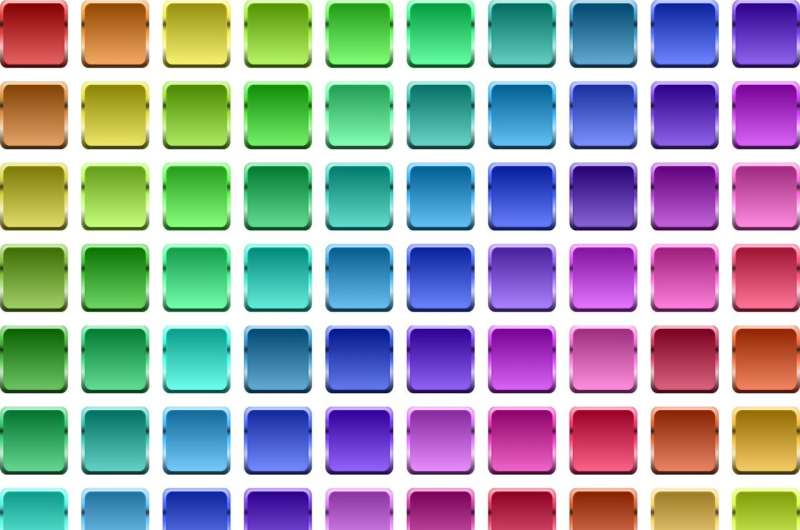Shared Brain Responses to Colors Revealed in New Neuroscience Study

A groundbreaking study reveals that humans share common neural responses to colors, demonstrating shared brain representations across individuals and advancing our understanding of sensory processing.
Recent research published in the Journal of Neuroscience has uncovered fascinating insights into how our brains process colors. Led by scientists Michael Bannert and Andreas Bartels from the University of Tuebingen, the study explored whether individuals have unique neural responses to colors and whether these responses are consistent across different people.
Using a set of participants, the researchers measured how their brains responded to various colors. They then used these brain responses to predict what colors other individuals were viewing, effectively comparing neural activity patterns across different brains. Remarkably, the findings demonstrated that it was possible to accurately predict the color and brightness of stimuli just by analyzing the neural responses.
This research suggests that, despite subjective differences in color perception, there are shared neural representations of color across humans. While previous studies could decode what color an individual was seeing based on their brain responses, this study extends that idea by showing that such decoding can also be achieved across different individuals' brains.
"We can't say that one person's perception of red is exactly the same as someone else's, but some neural aspects of color sensation are conserved across people," explains Bannert. These findings could have significant implications for understanding sensory processing and the neural basis of perception.
The study highlights the possibility that certain sensory experiences, like color perception, are rooted in common brain mechanisms, opening new avenues for research in neuroscience and cognitive science.
For more information, see the original publication: Large-Scale Color Biases in the Retinotopic Functional Architecture Are Region Specific and Shared Across Human Brains in the Journal of Neuroscience (2025). Source: Society for Neuroscience.
Stay Updated with Mia's Feed
Get the latest health & wellness insights delivered straight to your inbox.
Related Articles
Exploring the Link Between Oral Health and Lifestyle-Related Diseases
This article explores recent research linking oral health to the risk of lifestyle-related diseases such as diabetes and heart disease, emphasizing the importance of dental health in overall well-being.
Understanding How Your Immune System Maintains Balance: Insights from the 2025 Nobel Prize
Discover how the 2025 Nobel Prize-winning research on regulatory T cells and the FOXP3 gene is transforming our understanding of immune tolerance, paving the way for new treatments for autoimmune diseases and cancer.
Significant Share of Colonoscopy Bowel Preparation Claims Involve Patient Cost-Sharing
A study reveals that a substantial percentage of patients undergoing colonoscopy prep face out-of-pocket costs, emphasizing the need for better coverage enforcement to improve access and promote preventive care.



